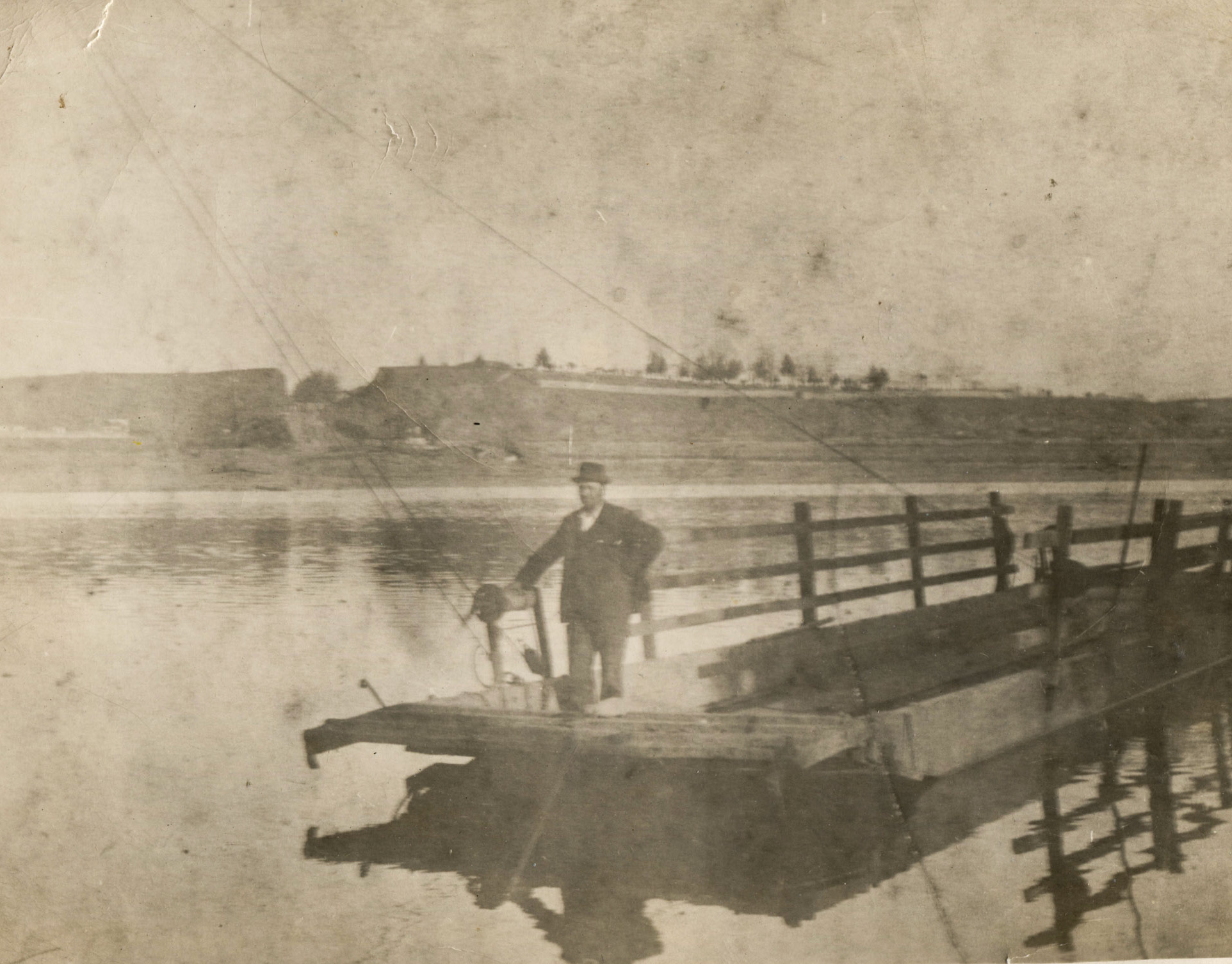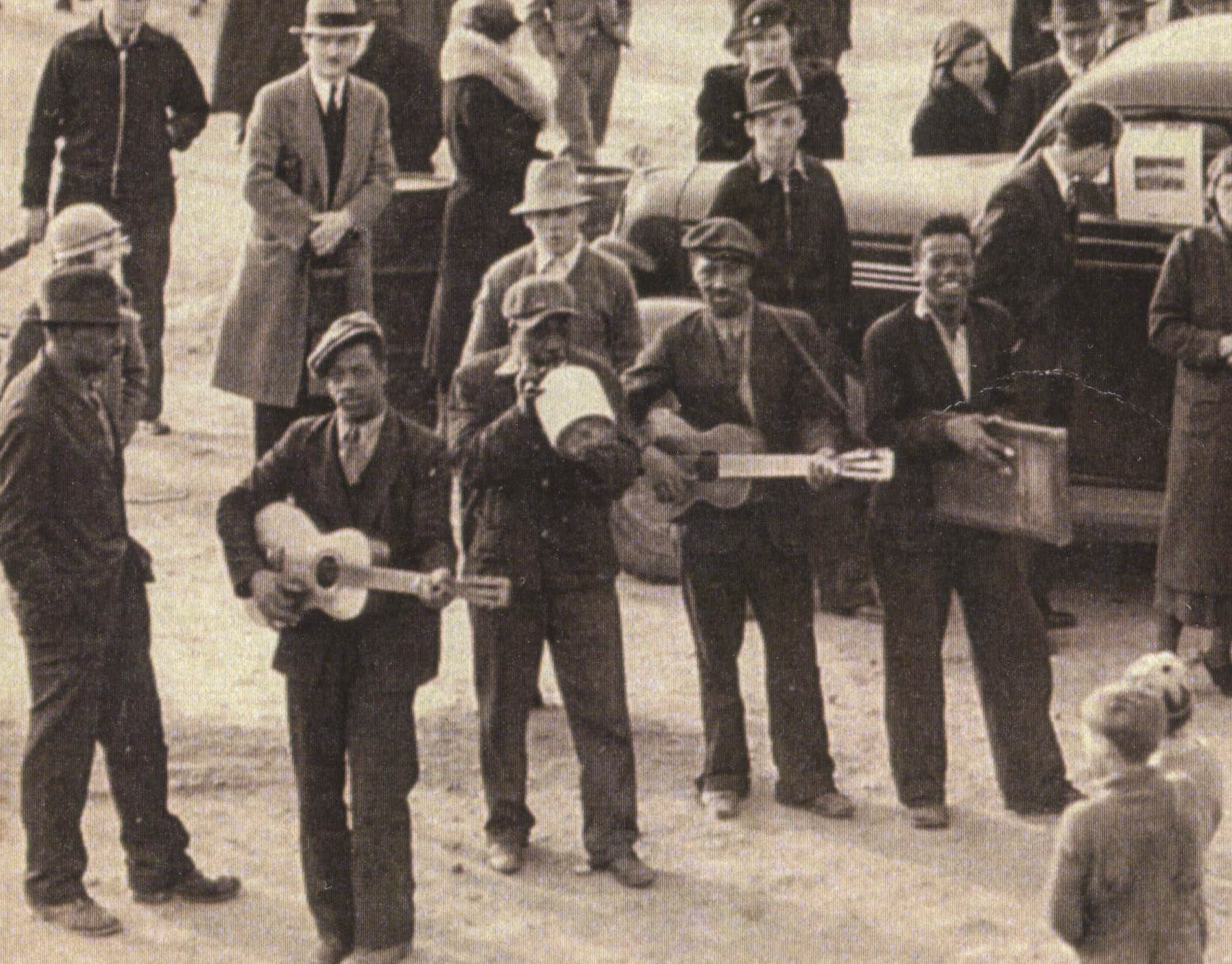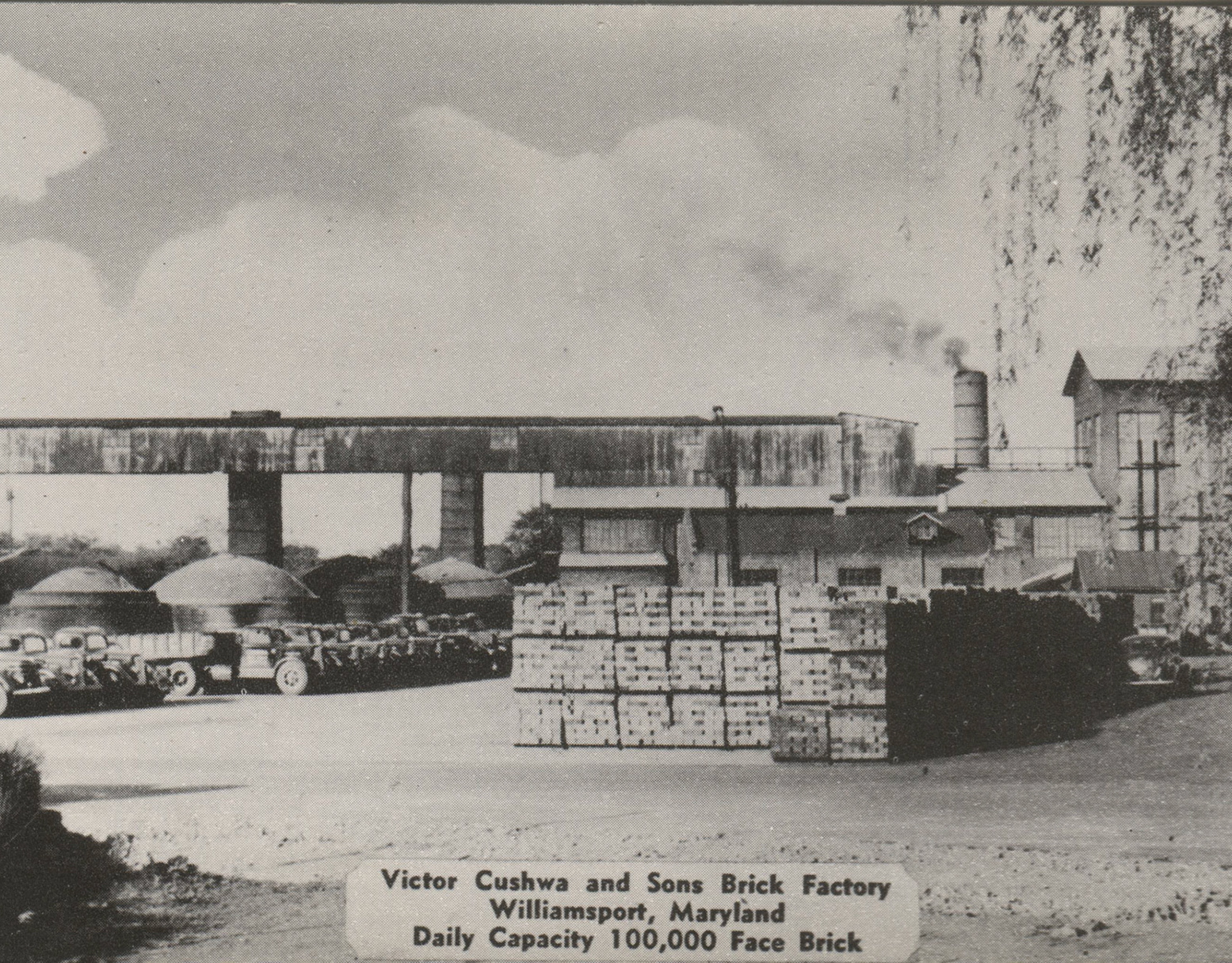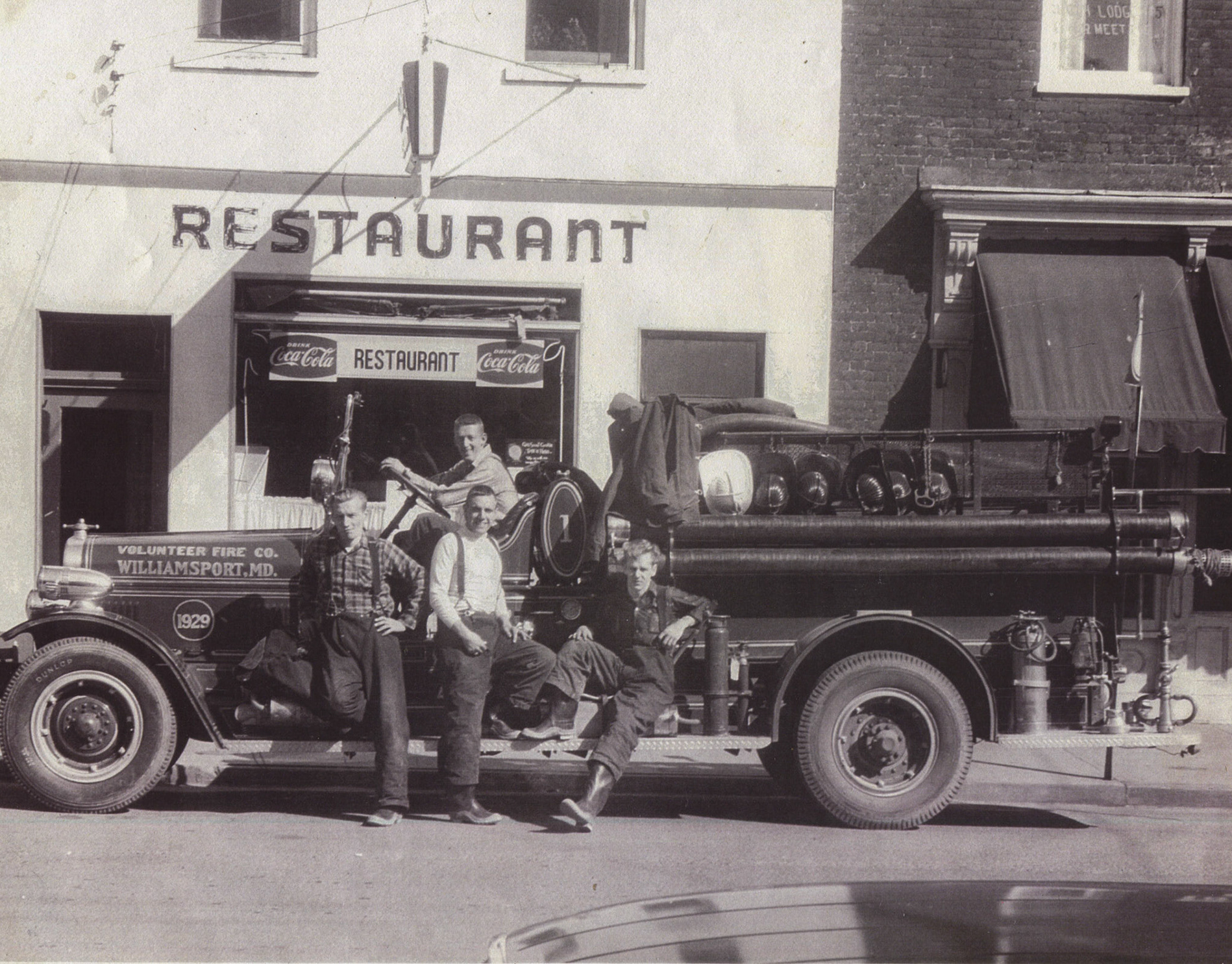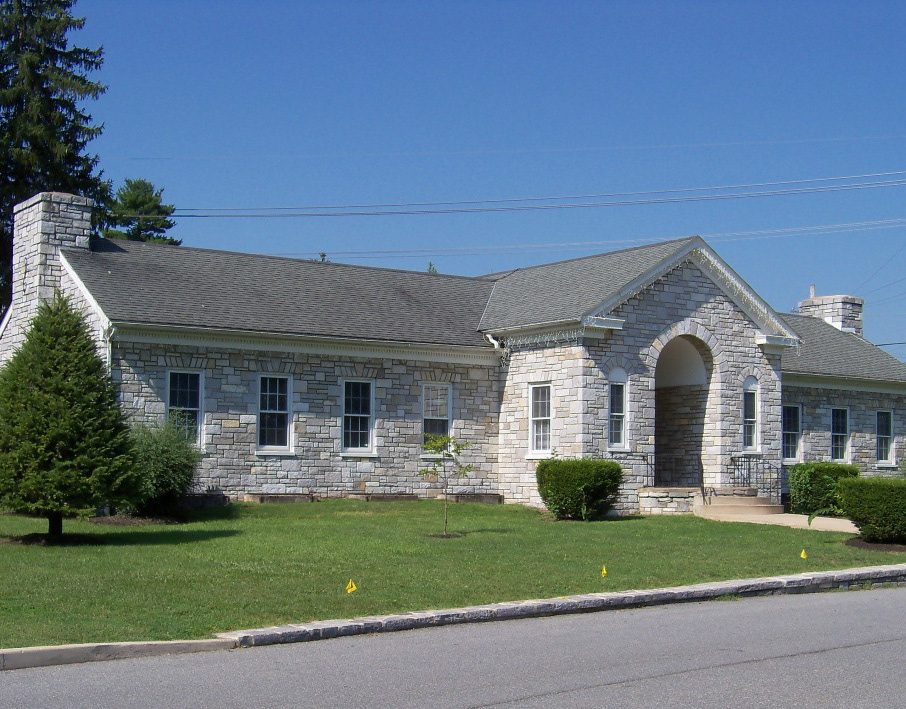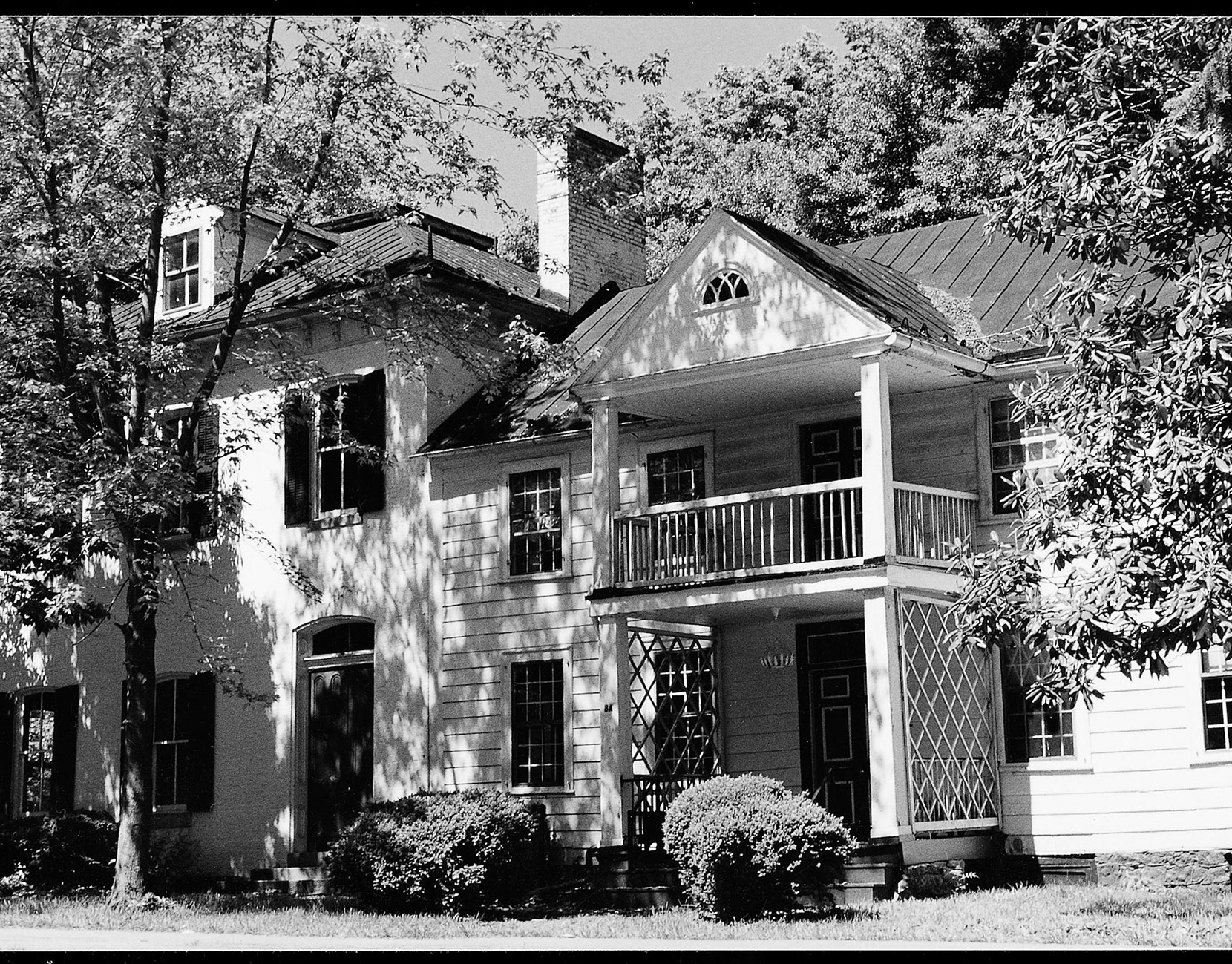On May 28, 1889, a low-pressure area formed over Nebraska and Kansas. Within two days, this weather pattern reached western Pennsylvania and developed into what would be termed the heaviest rainfall event ever recorded in that part of the U.S. The United States Army Signal Corps estimated that six to ten inches of rain fell in twenty-four hours over the region.
Additionally, a front began moving north through West Virginia. There were even reported tornadoes on the ground at Martinsburg, WV.
Sixty-eight miles north of Cumberland, MD, the South Fork Dam burst. Twenty million tons of water surged into the river at Johnstown. More than 2,200 people died there in one of the greatest disasters in American History.
The storm continued with fury across the Eastern Continental Divide. There, hundreds of streams and creeks converge and eventually flow south into the Potomac River. It's over two hours by Interstate highway to cover the 100 miles from Williamsport, MD, to Johnstown, PA. In 1889, the primary means of communication were telegraph lines and limited telephone service.
As the torrential rain fell, the Potomac River and Conococheague Creek began to rise at Williamsport; men anxiously waited by the lines for word from Cumberland about conditions. The only report from the Queen City was that it was raining. While true, it was an understatement.
It was June 2 before the Potomac River crested at 40.2 feet, a record that would stand until St. Patrick's Day 1936, when the river crested at 48.6 feet.
The Potomac River filled from Cumberland to the District of Columbia. Of the eleven Maryland deaths, only Theo Wolf lost his life at Williamsport while catching driftwood. Loss of property in Washington County was significant. Three new iron bridges, Kemps Mill, Smithsburg Leitersburg, and Fairview, were carried away.
The heaviest damage on the Potomac was at Williamsport, where J.H. Darby, Steffey & Findley, Victor Cushwa, and Grodard Brickyards sustained significant financial losses.
One of the largest casualties of the flood at Williamsport was the Defrehn Chair Factory. In 1880, William DeFrehn opened a chair factory in a warehouse at the mouth of the Conococheague Creek. At the height of operations, they produced 125 dozen chairs per month, available in thiry-five different styles. The factory employed about fifty local men.
Defrehn closed the factory at Williamsport after the flood and, interestingly enough, reopened in Johnstown, Pa., later moving to Hornerstown, Pa. They closed for good in the 1970s.

